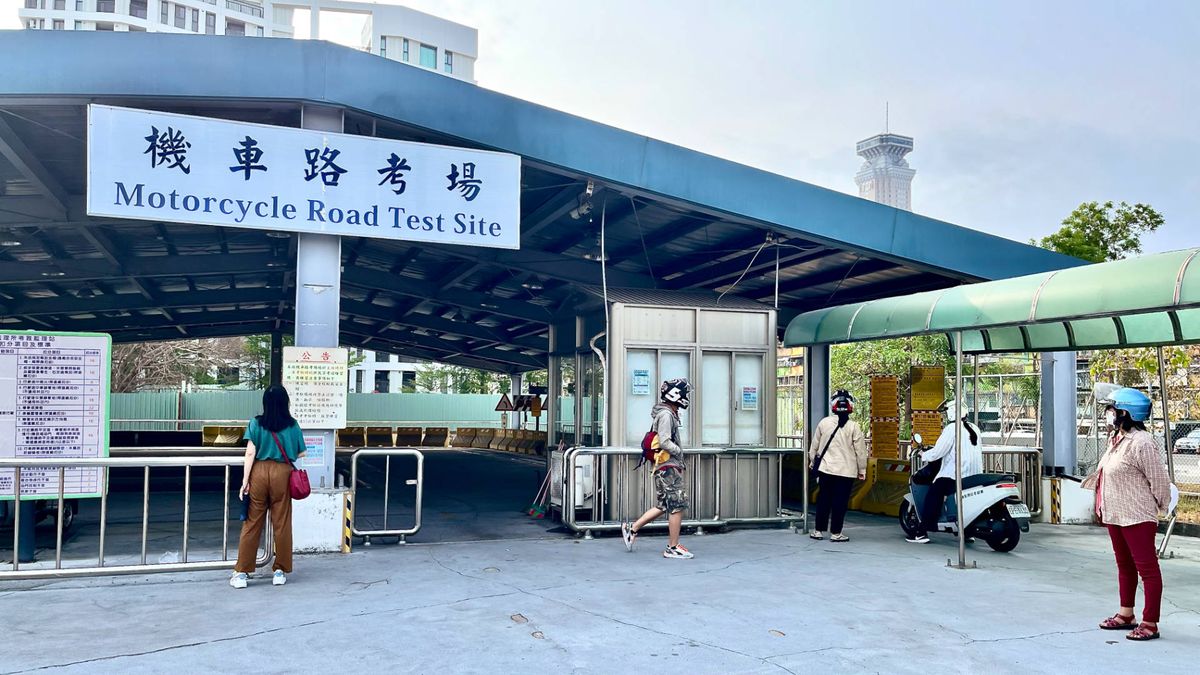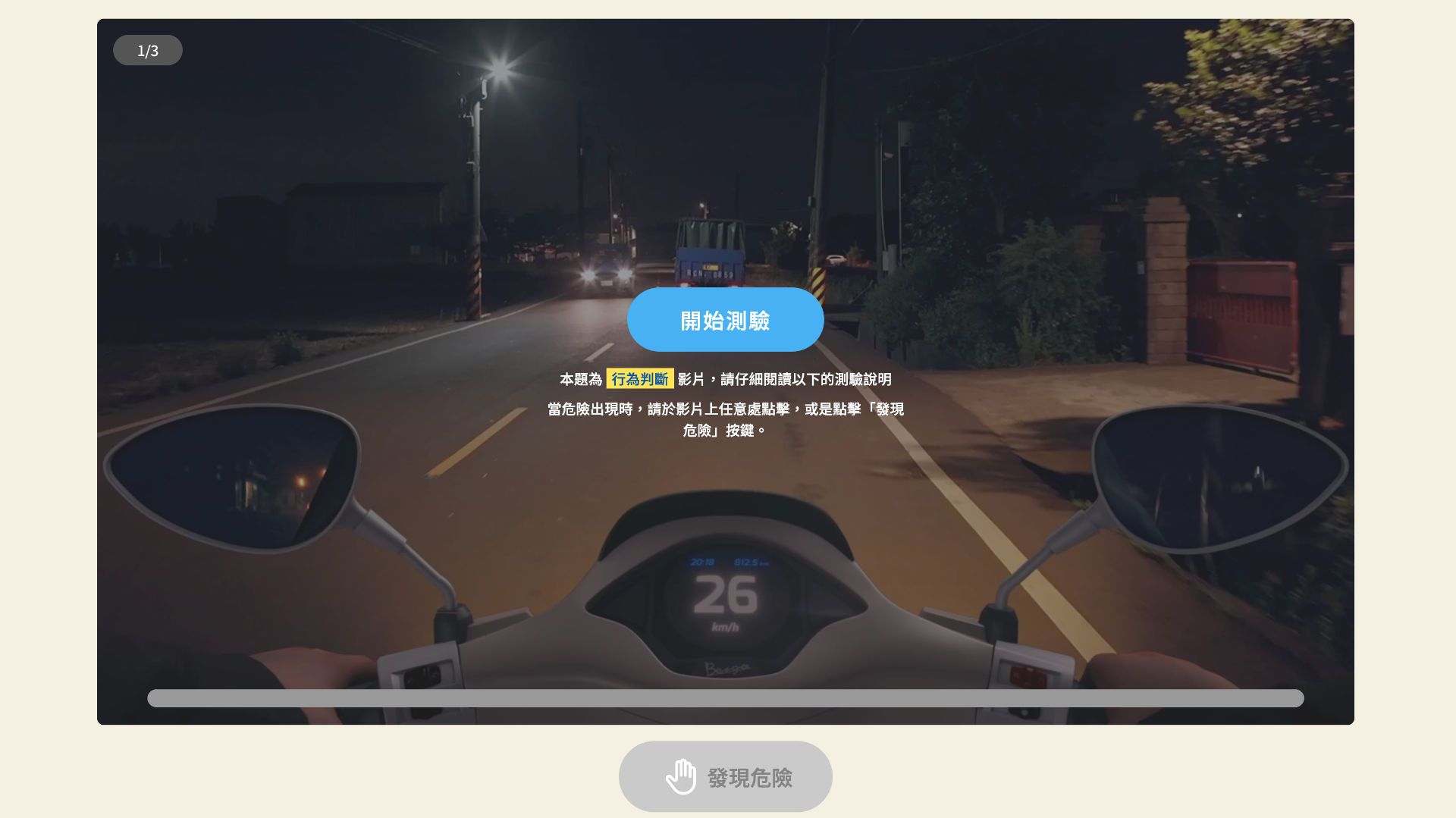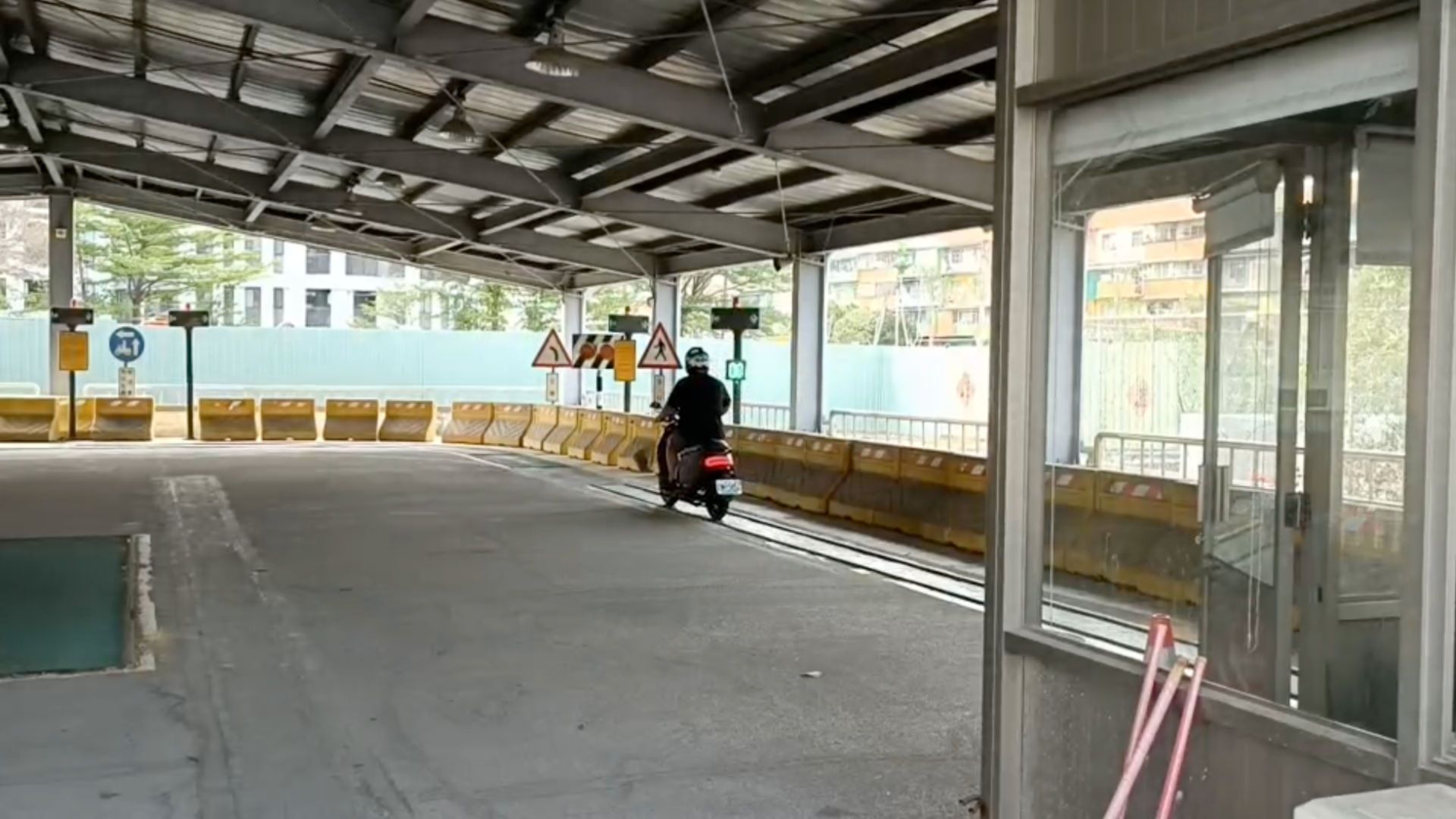Scooter Saga Part II
Passed the medical exam? Three more tests and a two-hour safety video await you…

After passing my driver’s license medical exam, it was time to make a reservation for my theory and practical tests.
Act I: The reservation test
Reservations for “ordinary heavy-duty motorcycle” theory and driving tests can only be made in Chinese, only after passing an online hazard assessment exam (also in Chinese).
I dutifully watched the first-person videos, hitting the ‘✋’ button whenever I saw a problem:

I don’t know how or why, but this test only works with a mouse.
Each time I used my trackpad, the webpage broke. So it took a few attempts before I discovered changing devices would finally allow me to pass.
A friend then made the reservation for me (in Chinese). The confirmation screen said if I missed my appointment, I would have to wait three months before making another one.
Act II: A lecture (in Chinese), a Q+A session (in Chinese), and a two-hour safety video (in Chinese)
At lunchtime today, a friend picked me up from class for a ride to the Motor Vehicles Office. I’d be borrowing his partner’s Gogoro electric scooter for the driving test.
I paid the NT$250 (NZ$12.50) application fee and was directed to a seminar room, where I sat with a dozen 18-year-olds and one guy in his 50s.

After 15 minutes, a man entered the room, picked up the mic, and began a lecture in Chinese.
Then he asked some questions. The 18-year-olds dutifully put up their hands to answer.
Half an hour in, he dimmed the lights and played the world’s most tedious Chinese-language safety video. For two hours. (I’d read online that English speakers would be provided with an English transcript, but that didn’t happen for me.)
Extended cuts of white-coated gentlemen lecturing from behind a desk, were interspersed with footage of horrific motorcycle accidents. Heads squashed under the wheels of a passing bus, elderly people bouncing off windscreens, that kind of thing.
One of the doctors had a Windows XP screensaver. I was mesmerized.
Act III: The theory test
I followed the 18-year-olds upstairs to a computer lab, where we were assigned workstations for the theory test.
It’s possible to take it in English, but that’s only slightly helpful because many of the translations are very, very bad. Some questions consist of a single word, like “Barrier”.
And many road signs are in Chinese:

I’d taken 50 practice tests before the real-life exam, and had passed 46 of them. I found the best approach is not read the questions literally, but to imagine what they were probably trying to ask.
A passing grade is 85%. I scored 92.
Act IV: The driving test
Back downstairs, my friend had been waiting for three hours. We went outside, and I took the Gogoro around a test track in the carpark. The hardest part is the first section: traversing a 15m-long section of narrow track in no less than 7 seconds, to test low-speed balance.
Feeling confident after 10 circuits, I queued up for the real-life test.

When it was my turn, I passed the 15m stage without issue. But then, while making the first left-hand turn, a wheel touched the edge of the track which set off an alarm.
Thinking I’d failed, I stopped the scooter.
Putting my feet on the ground activated a second alarm.
I was told to get off the track. Not because my wheel touched the edge, but because I stopped mid-test.
In short:
- The alarm made me think I’d failed.
- Actually, I hadn’t failed.
- However, thinking I’d failed, I stopped.
- Stopping is not allowed. So I failed.
There’s a one-week stand-down period before I can sit the driving test again.
